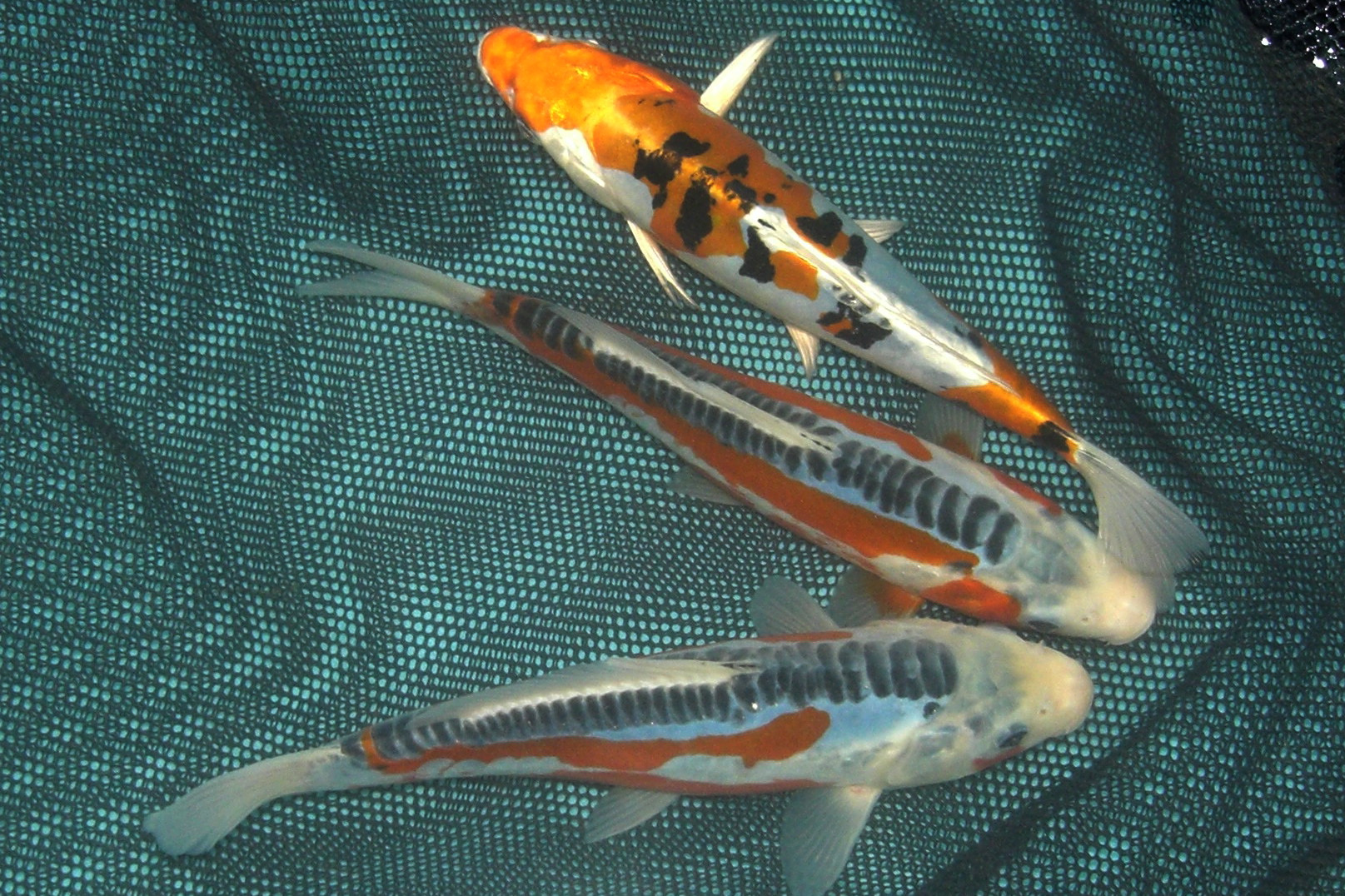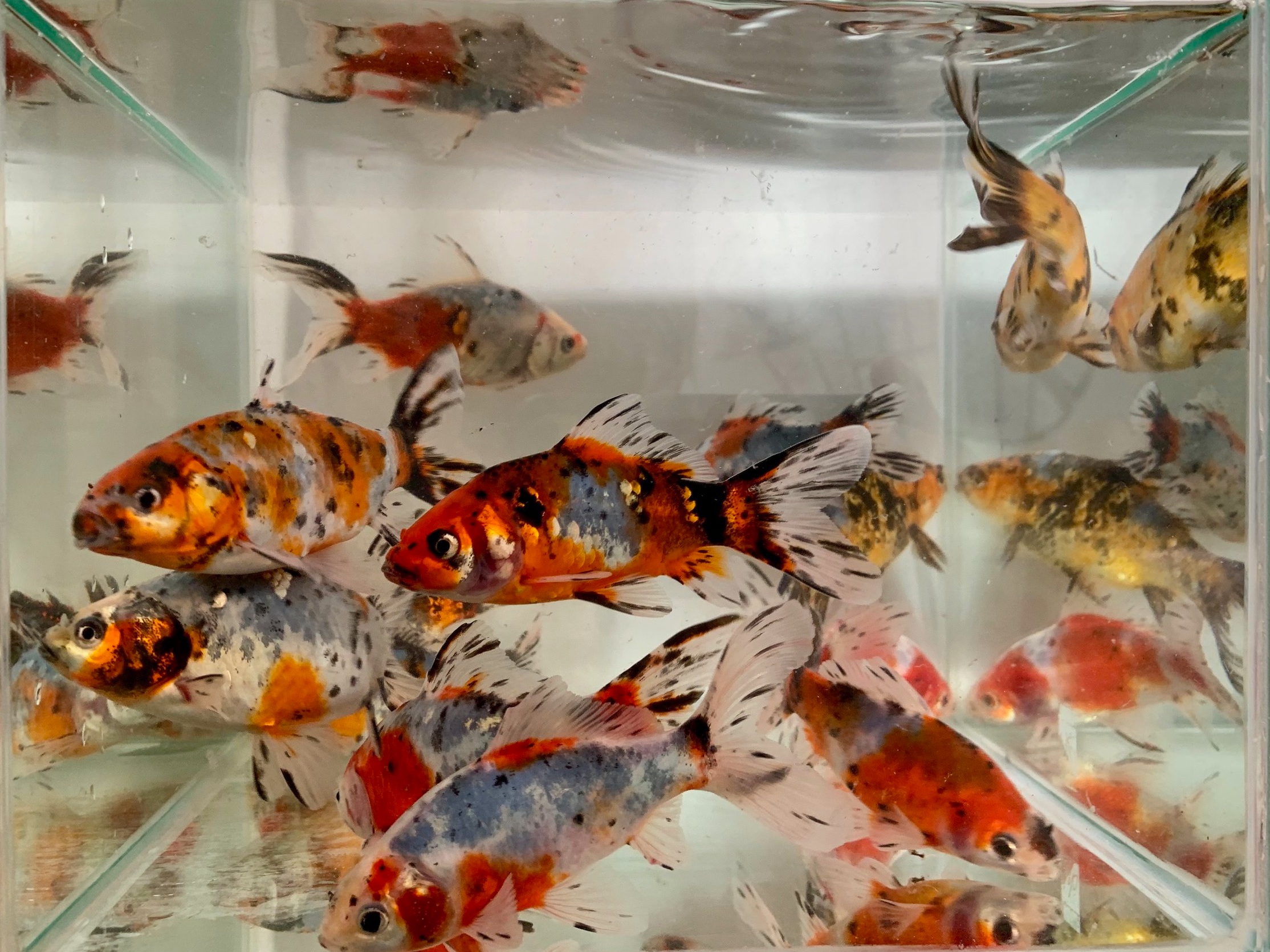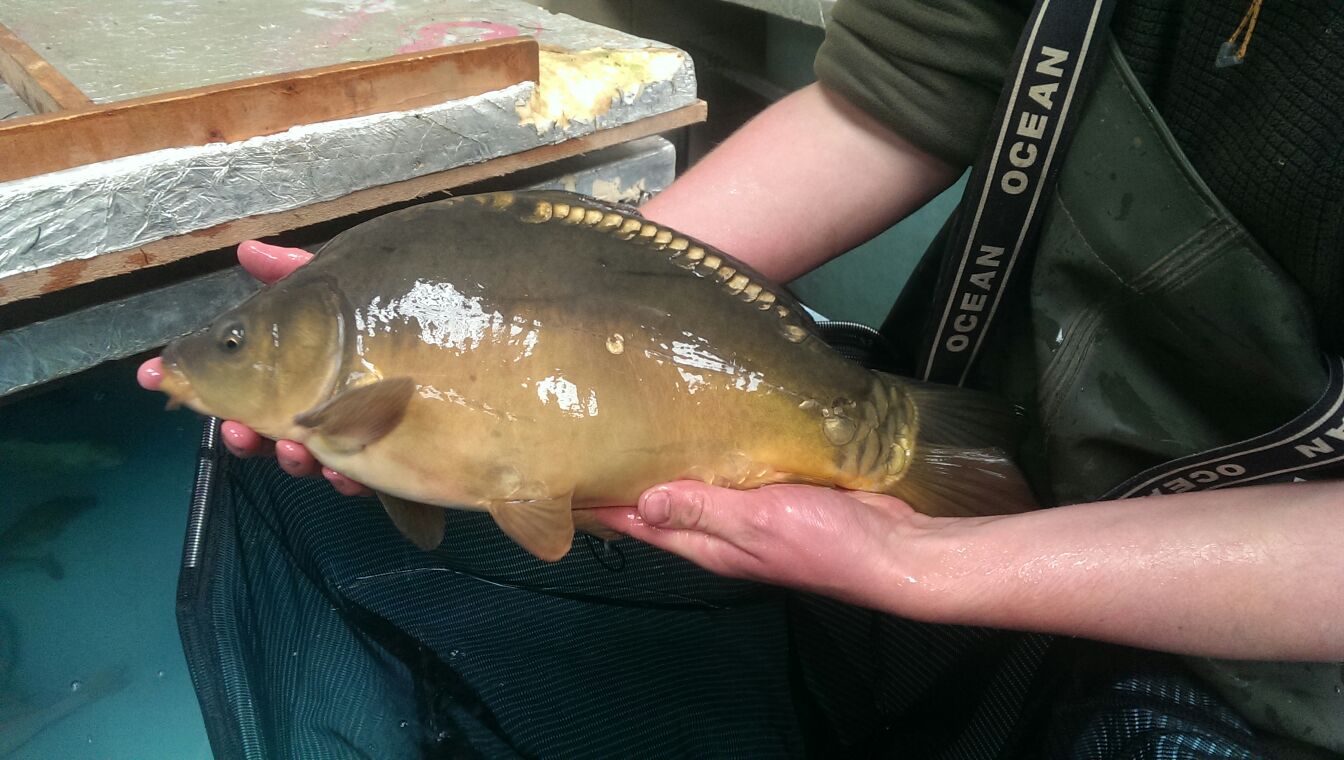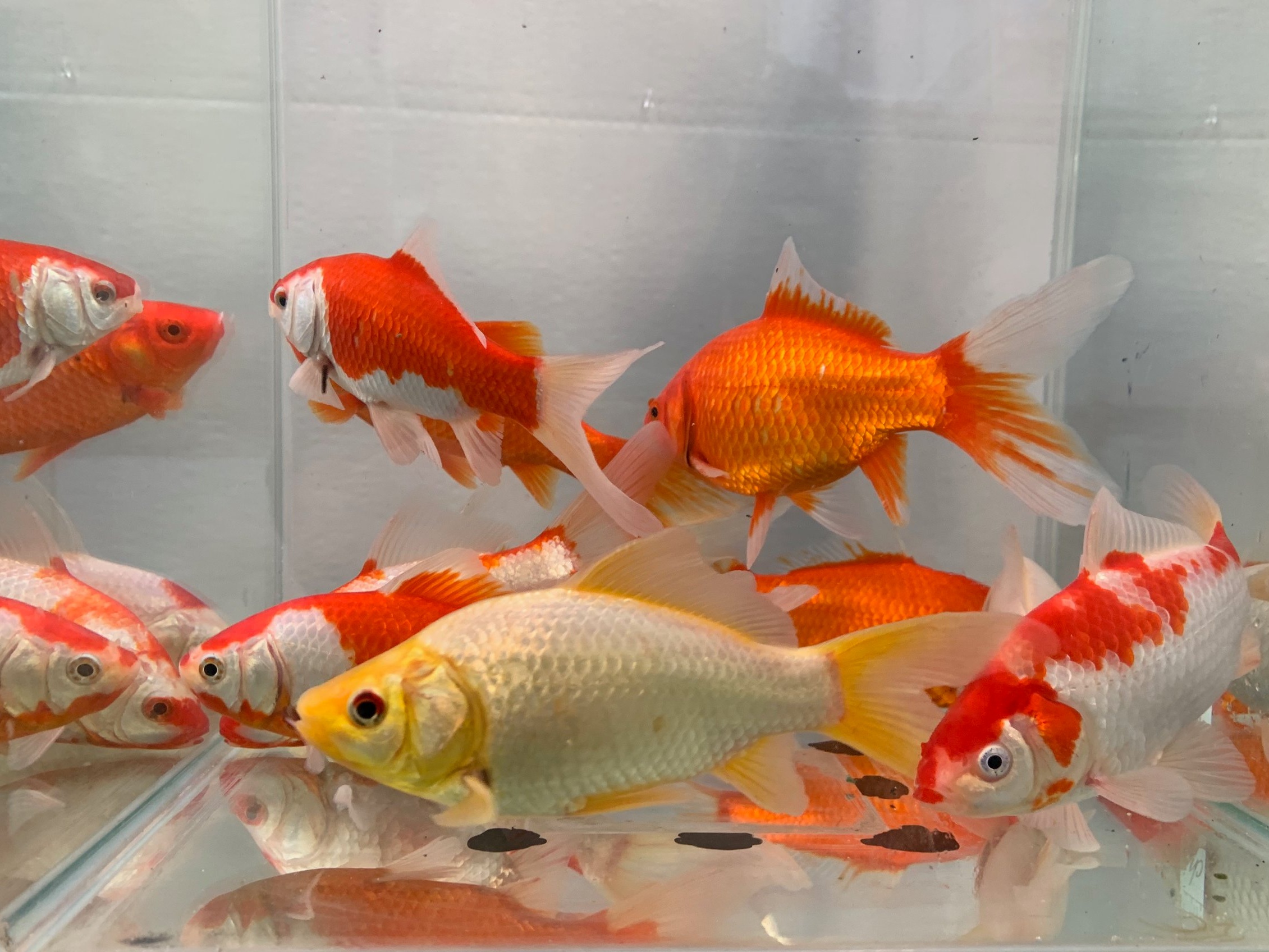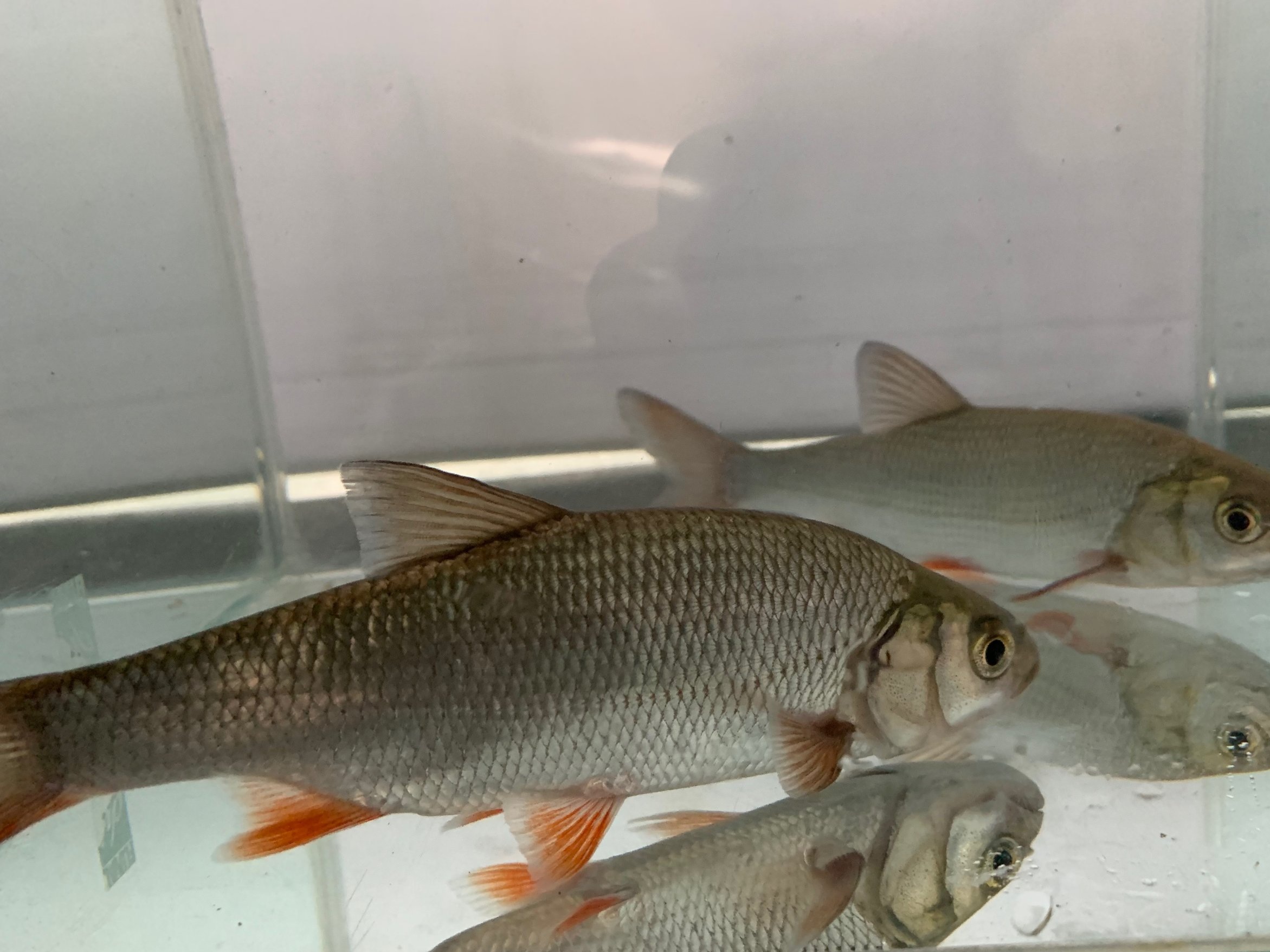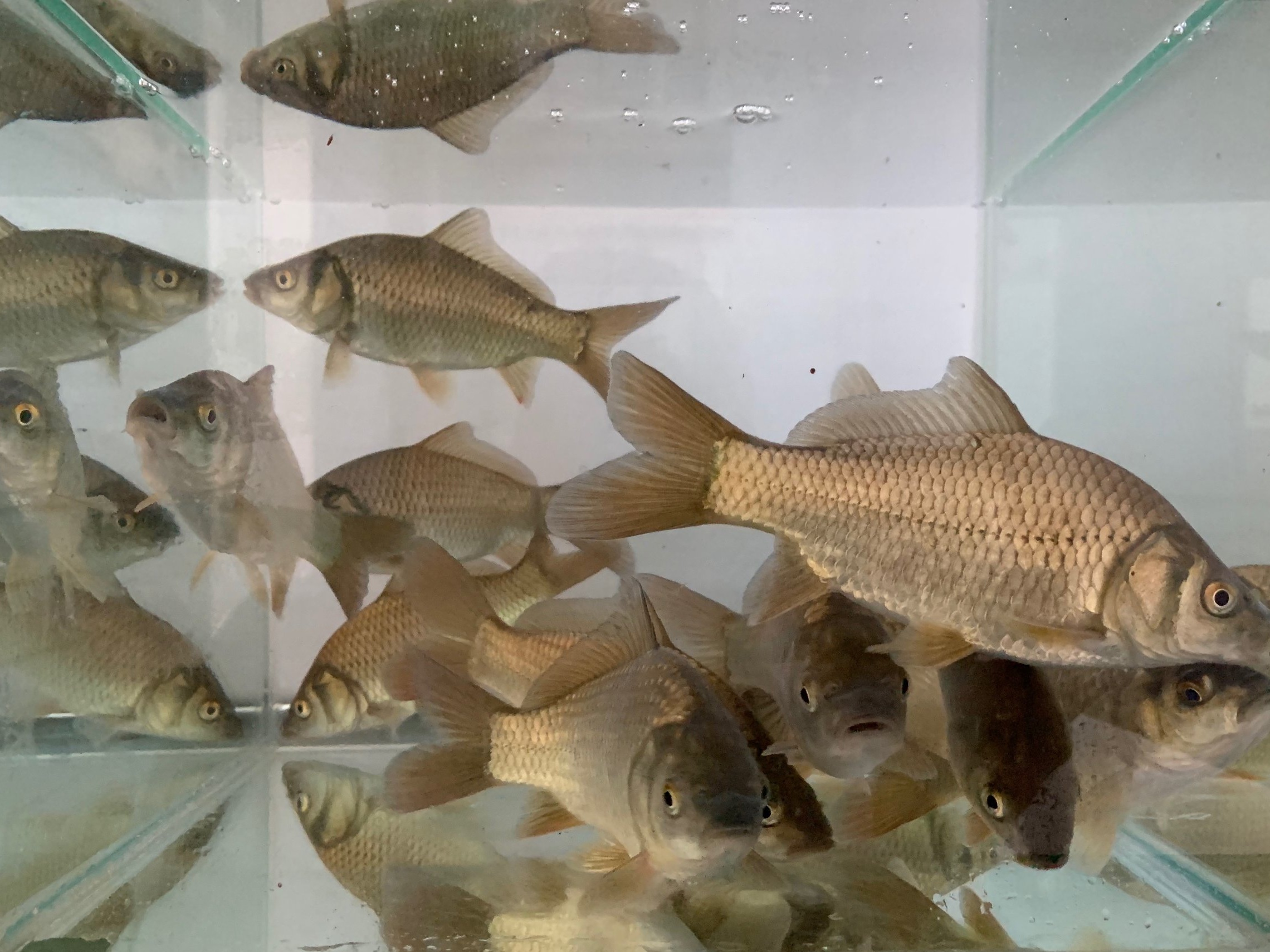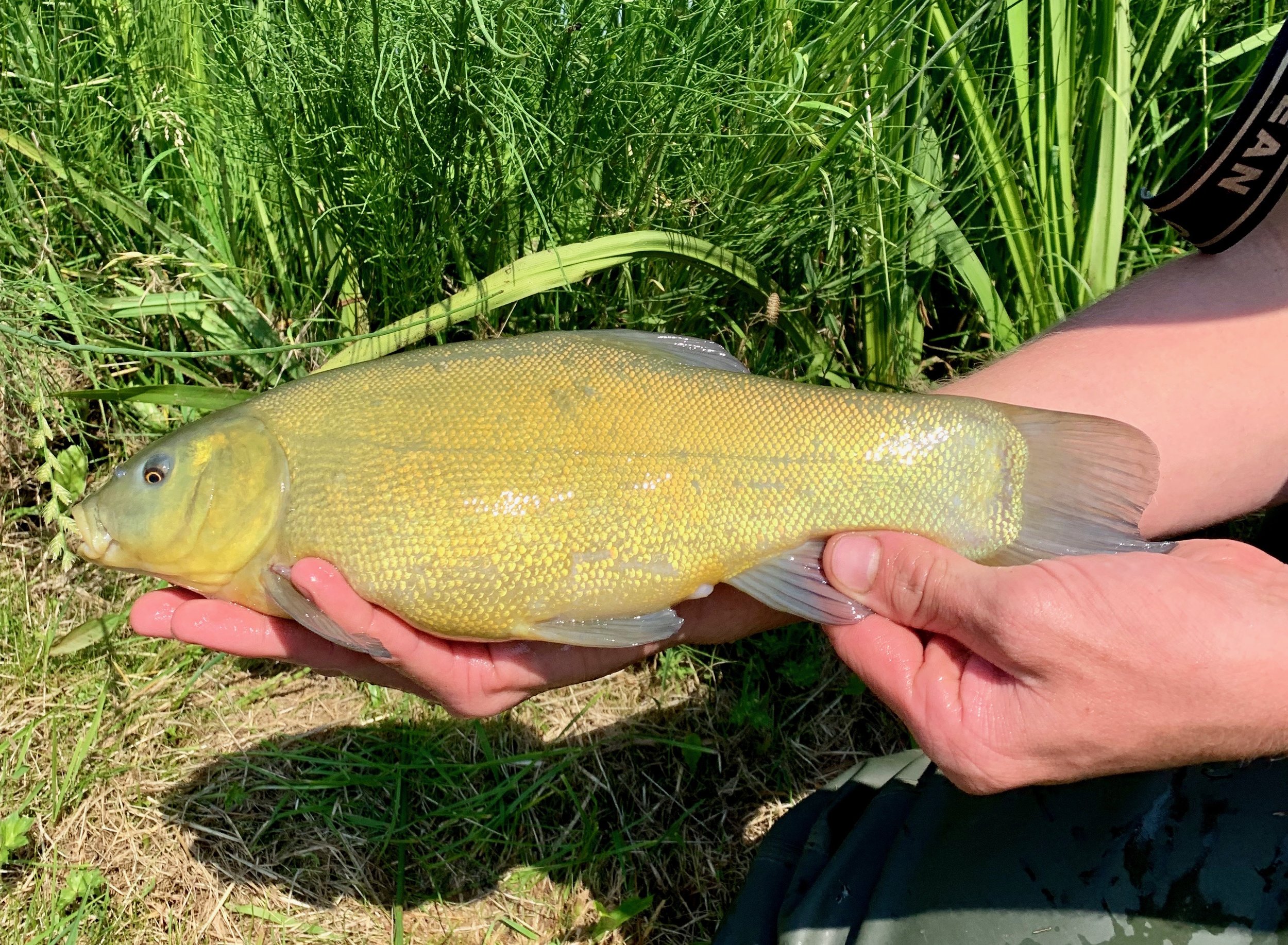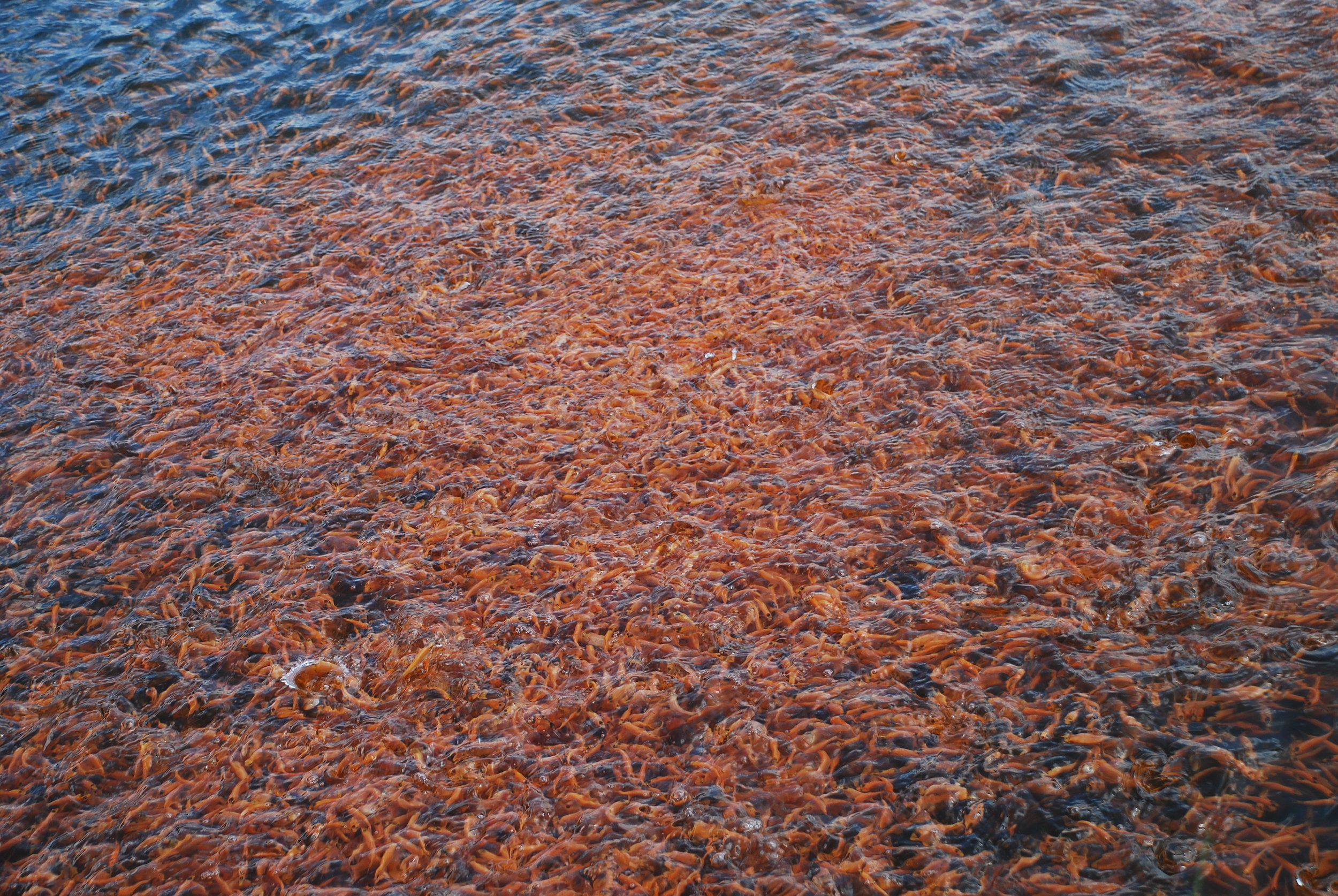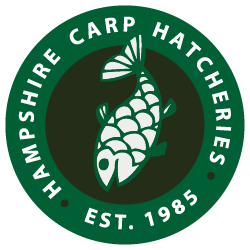The Farming Cycle
Natural production
Every year all our 40 ponds (average size 1-2,000m2) are drained, dried, disinfected (limed) and fertilised (recycled farm manure) before re-flooding for the new stock. The static ponds warm up in the Spring sunshine and this allows the growth of natural food (algae and zooplankton) . Our broodstock are spawned over the Spring months and the new fry are introduced into a 'predator free' environment. The naturally occurring algae's photosynthesis provides the oxygen for aquatic nitrosomonas bacteria to break down all of the fish's waste within the pond.
Farming operations
Broodstock are induced to spawn each year to coincide with the rise of pond temperatures and the natural explosion of plankton (algae, rotifers, copepods and daphnia). We stock out our fry into this rich environment and supplement their natural diet to maximise the capacity of the ponds. When the fish reach market size (2-12 inches) they are graded, sorted and held in hapas (cages) in the production ponds ready for sale. As fish orders are made, the fish are brought up to the fish house for 24-48hrs in clean water ready to be distributed across the UK. It is a very low energy operation. The water from the fish house is recycled into one of our adjacent production ponds.
Farm work
Possibly the most glamorous job in the world!
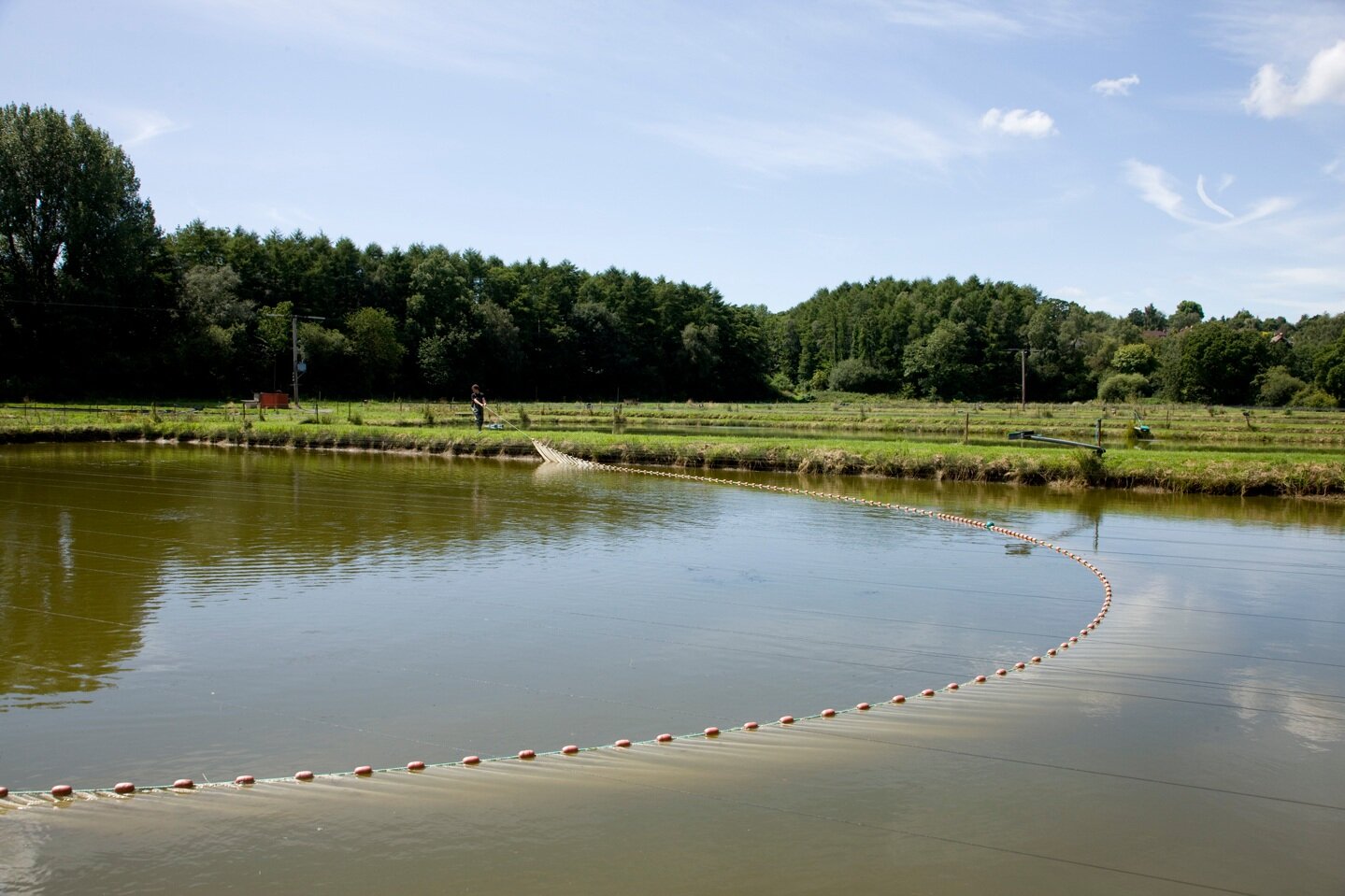
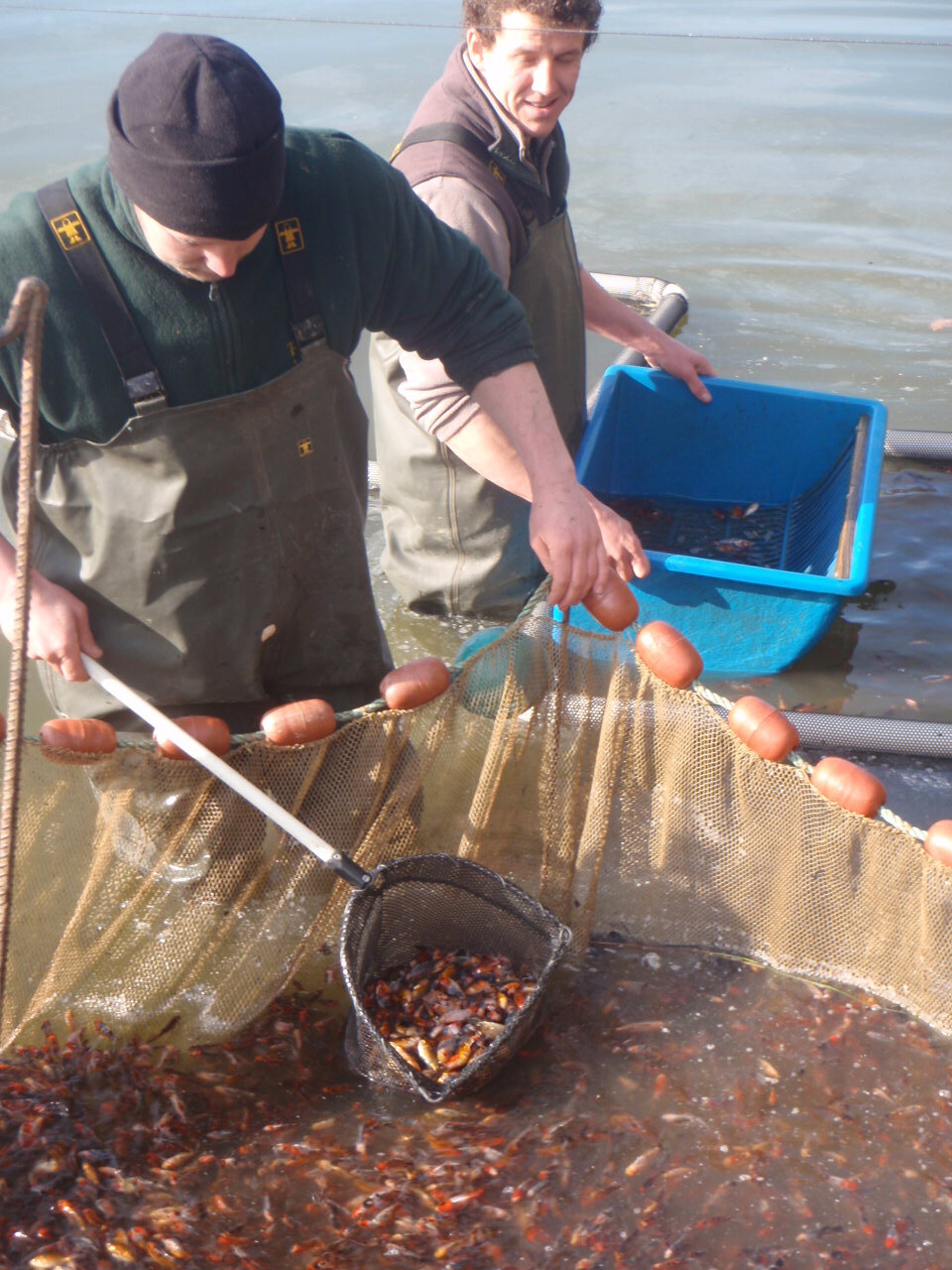
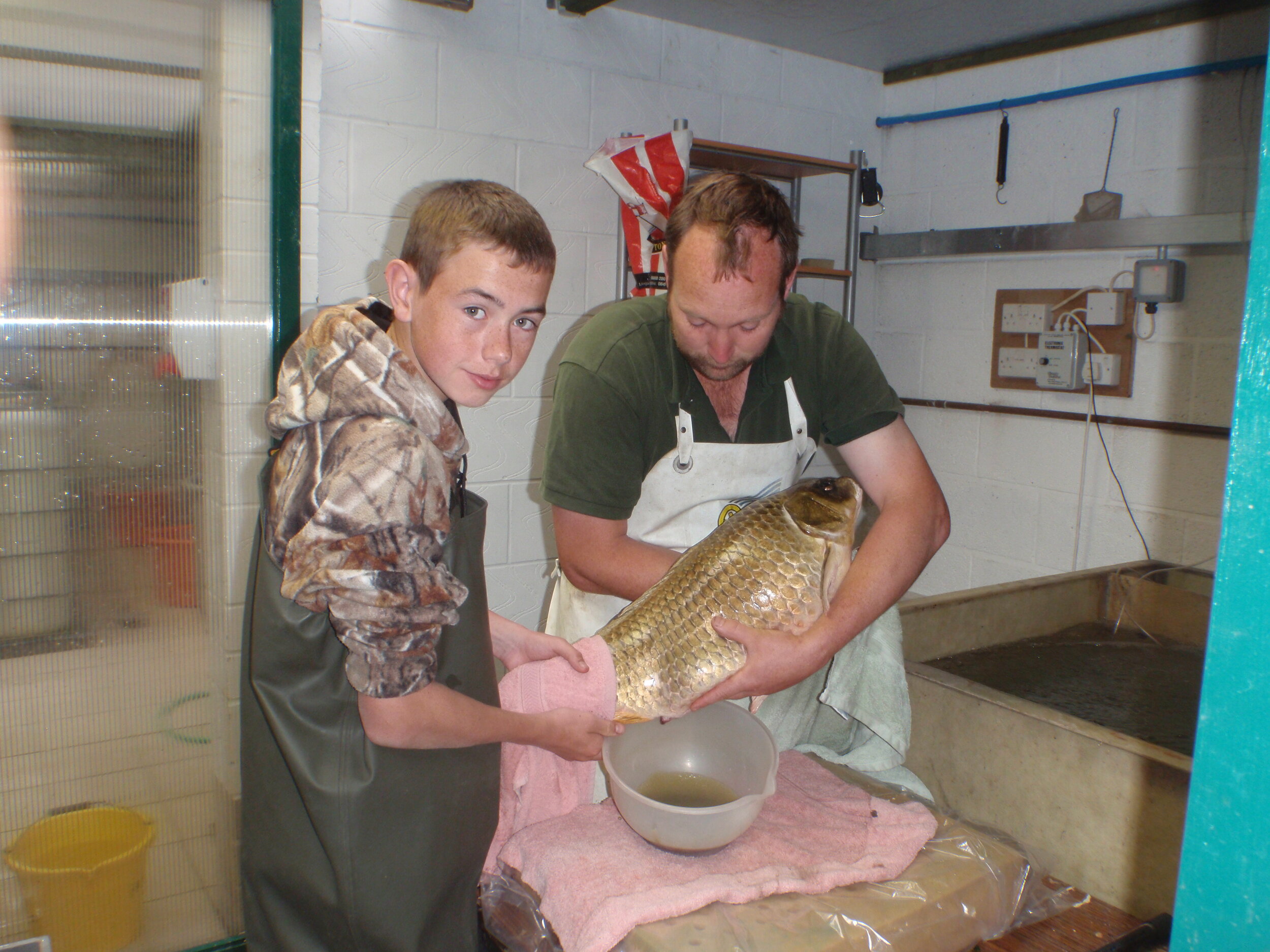


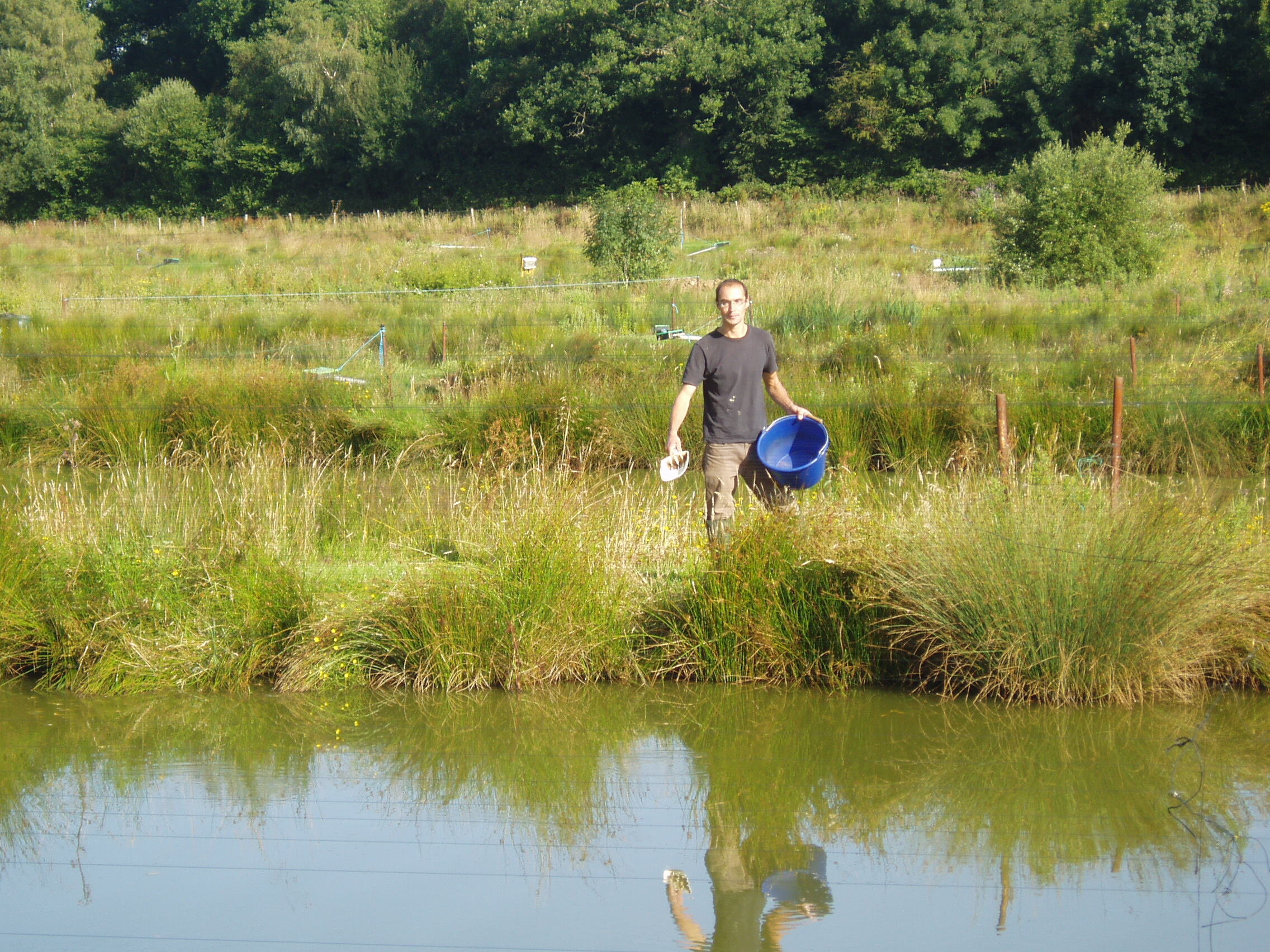


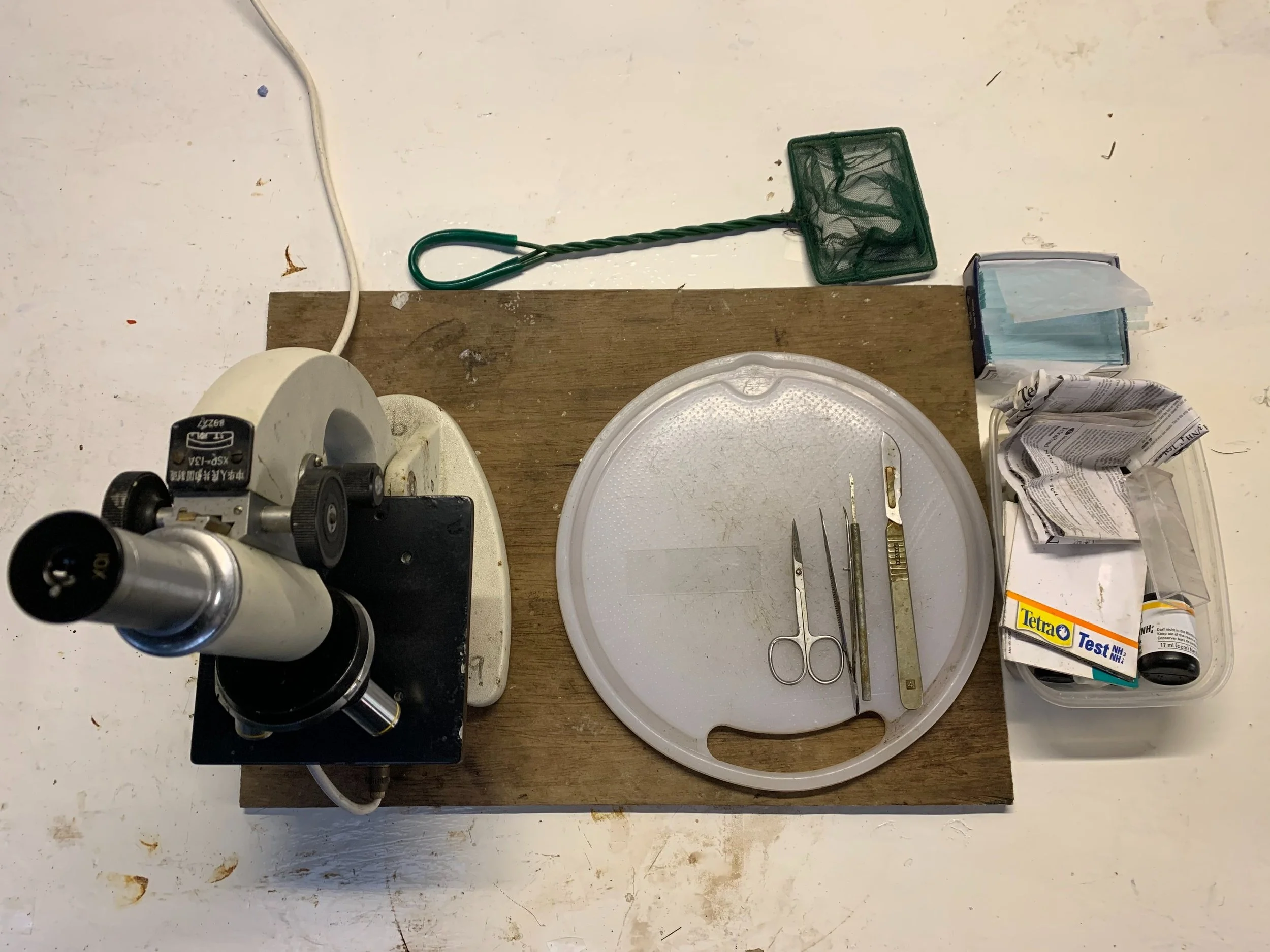


Feeding and aeration
To achieve the maximum production, supplementary feed is added to the fish's natural diet as they grow. The farm uses about 8 tonnes of sustainably sourced feed each year to supplement the natural productivity of the ponds. To aid the breakdown of the waste within the ponds, an aeration system is integrated and timed to run between 12pm and 4am over the Summer months.
Monitoring
Our ponds have a feed station to monitor any uneaten food. Each day these are checked before feeding. O2 and temperature is monitored daily to ensure the correct feed quantities are given. Each pond has a maximum feed rate based on it's capacity to break down the daily ammonia. If a pond is not actively feeding then a health check is carried out immediately. If necessary, the fish are treated in situ. Fish behaviour is routinely observed twice a day.
Our Environment
Our 15 acre site has over 6 km of bank! This creates an incredible diverse flora and fauna. All of our photographs are taken here on the fishfarm.
Many are taken by visiting professional wildlife photographers who are welcome to visit by prior appointment. .

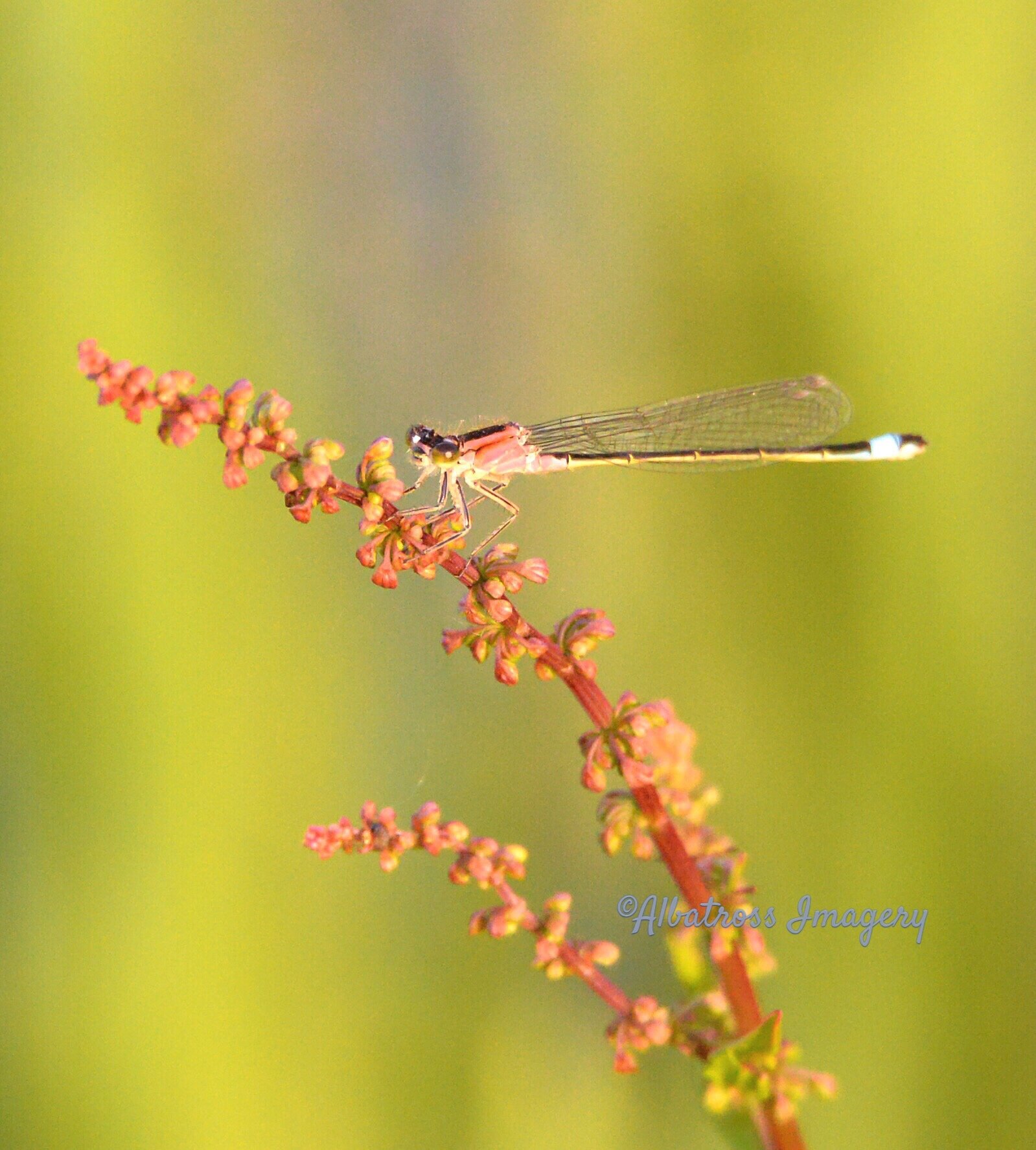


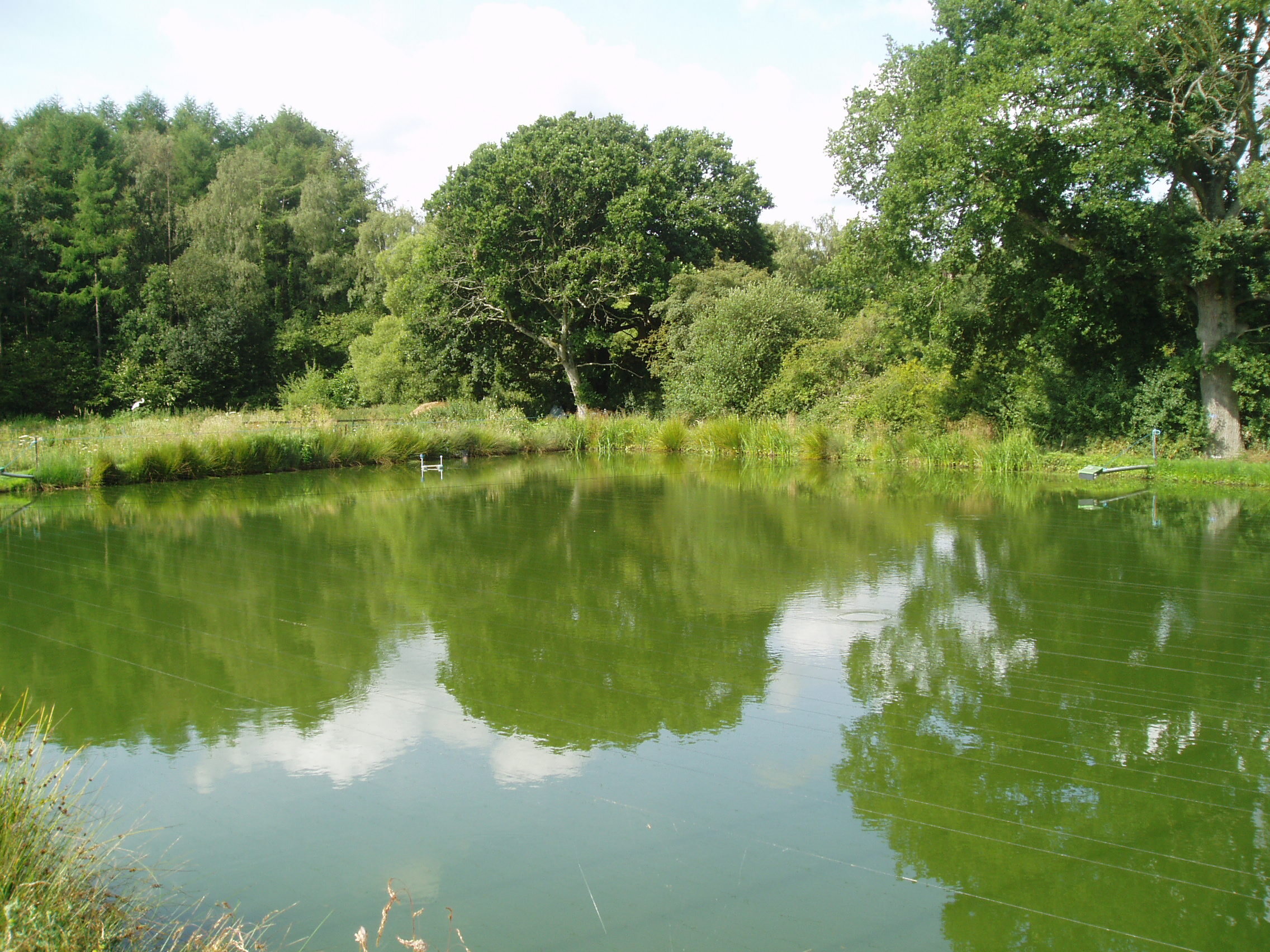
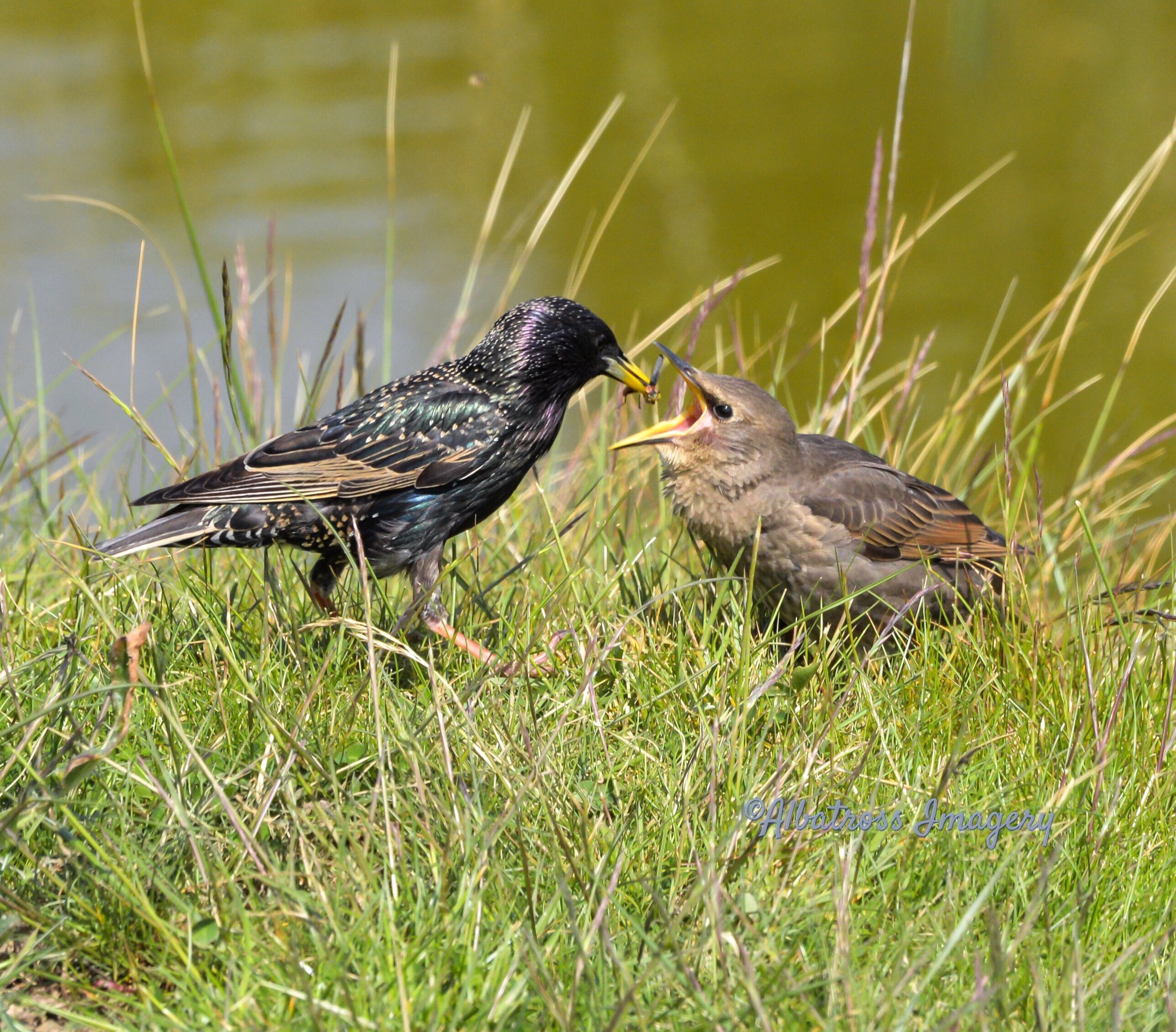

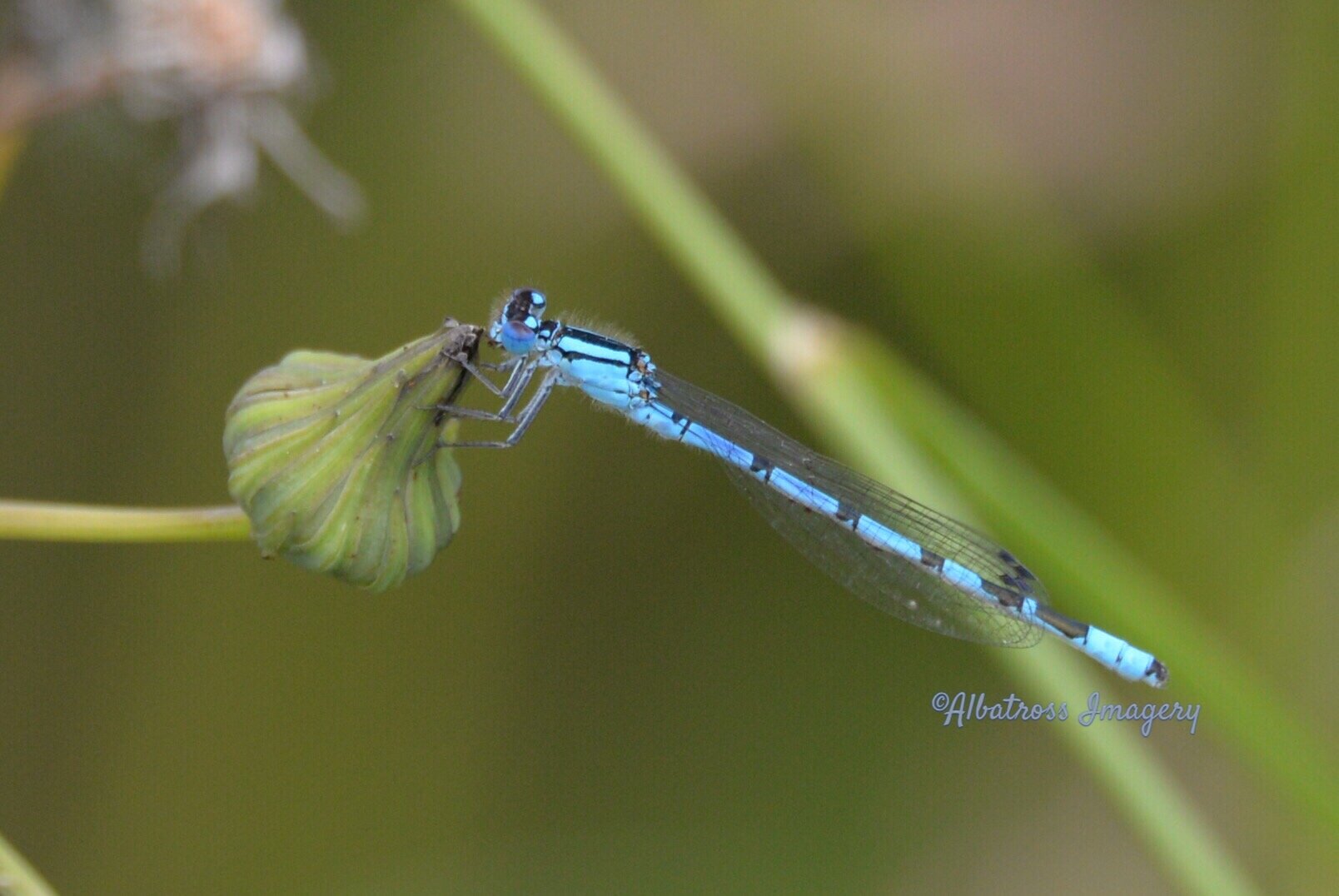
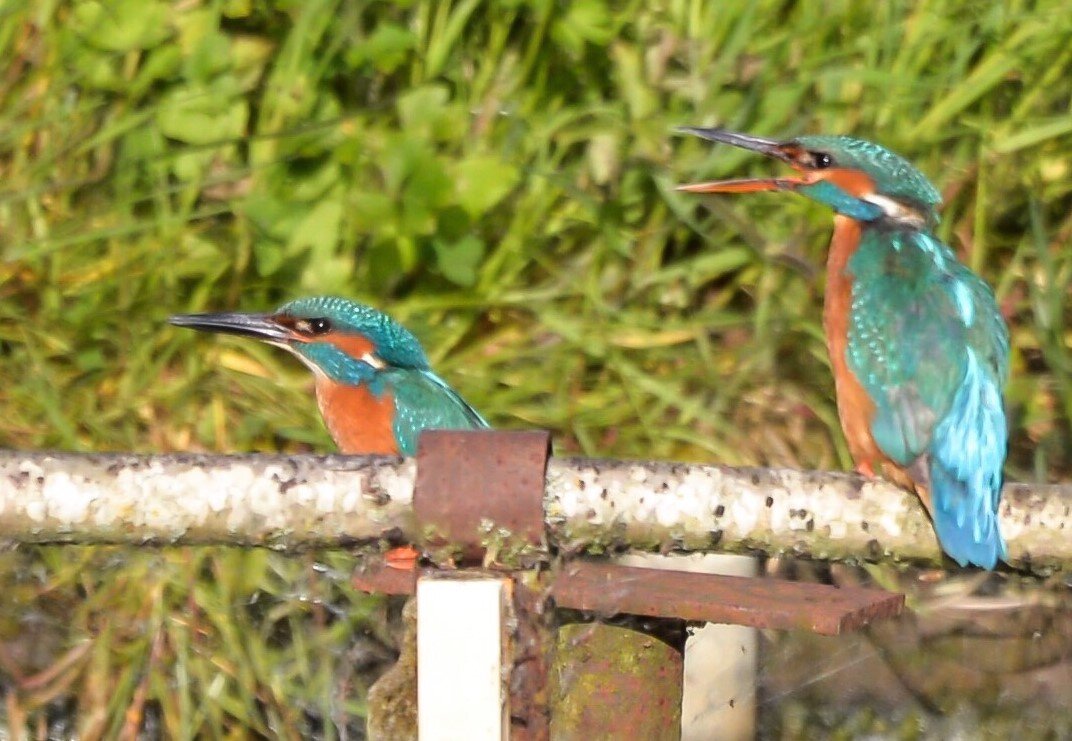
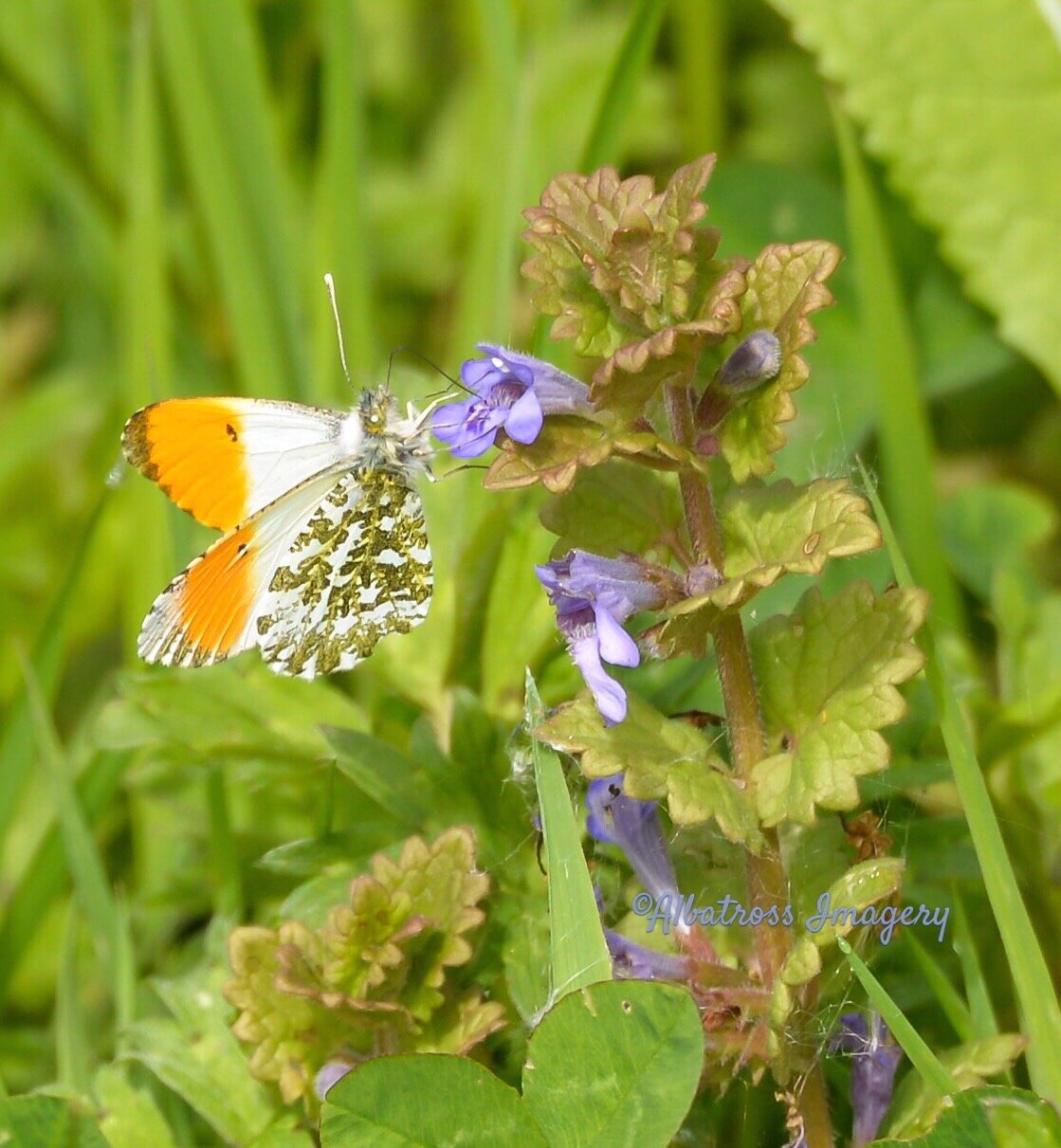
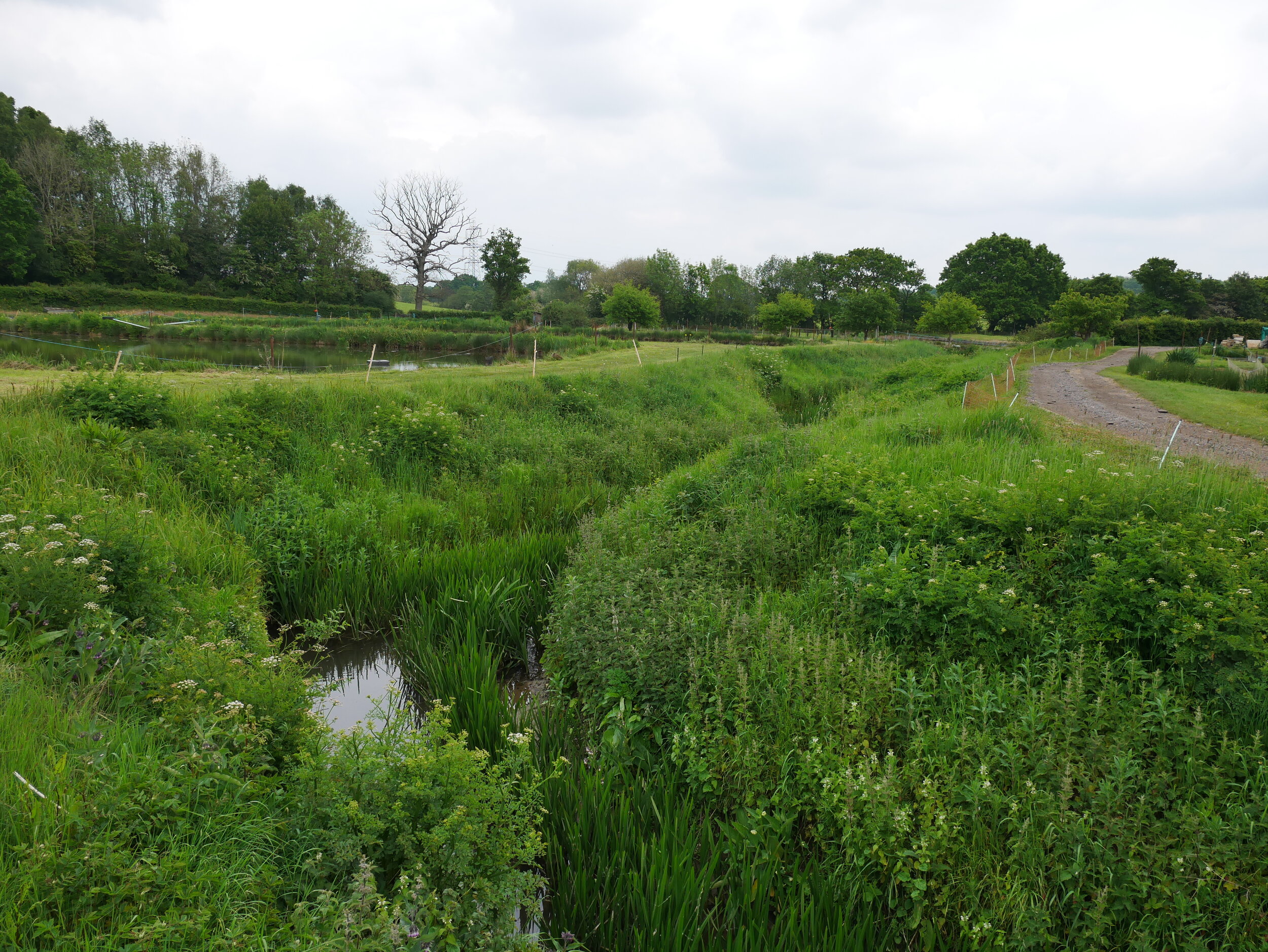
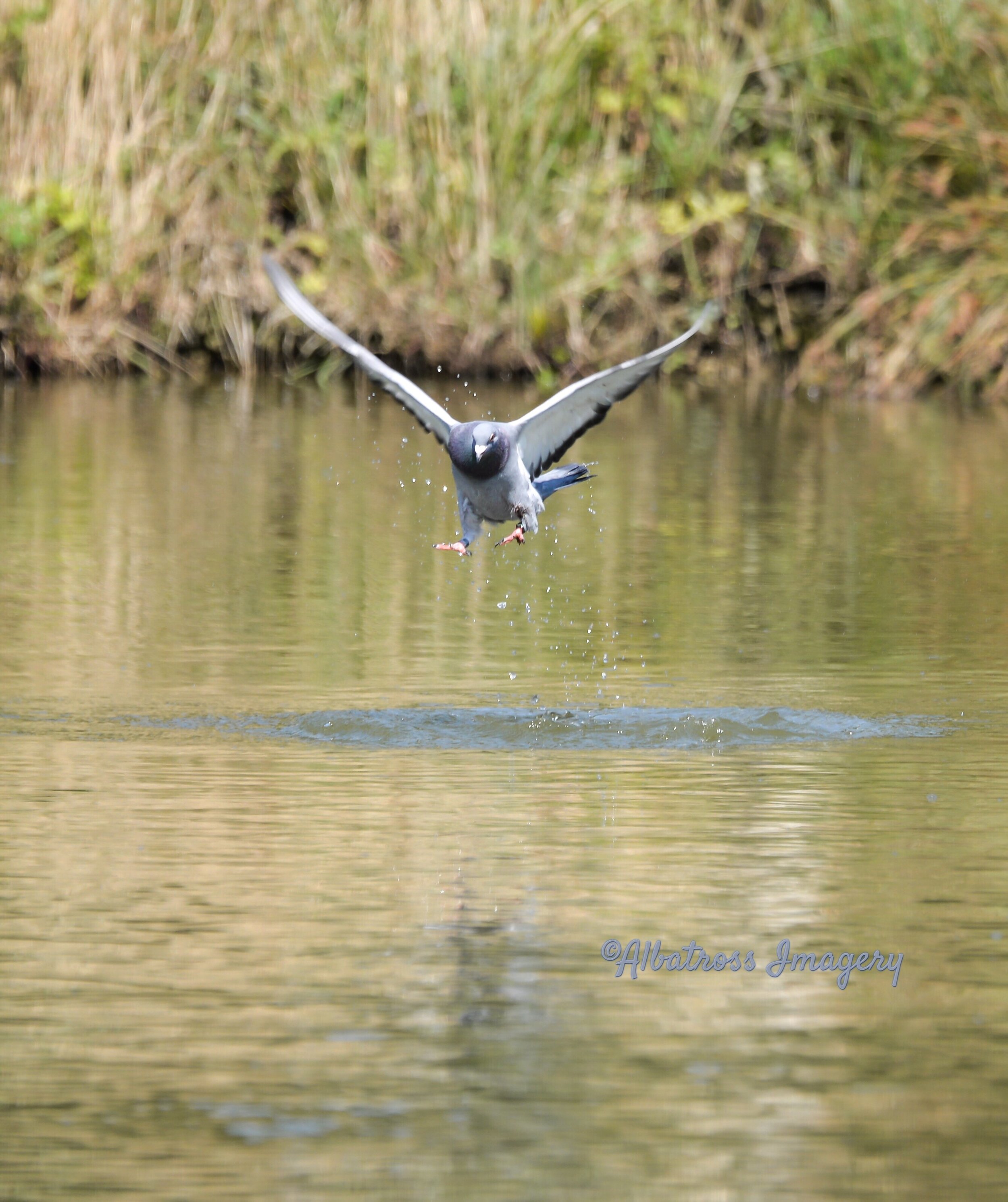

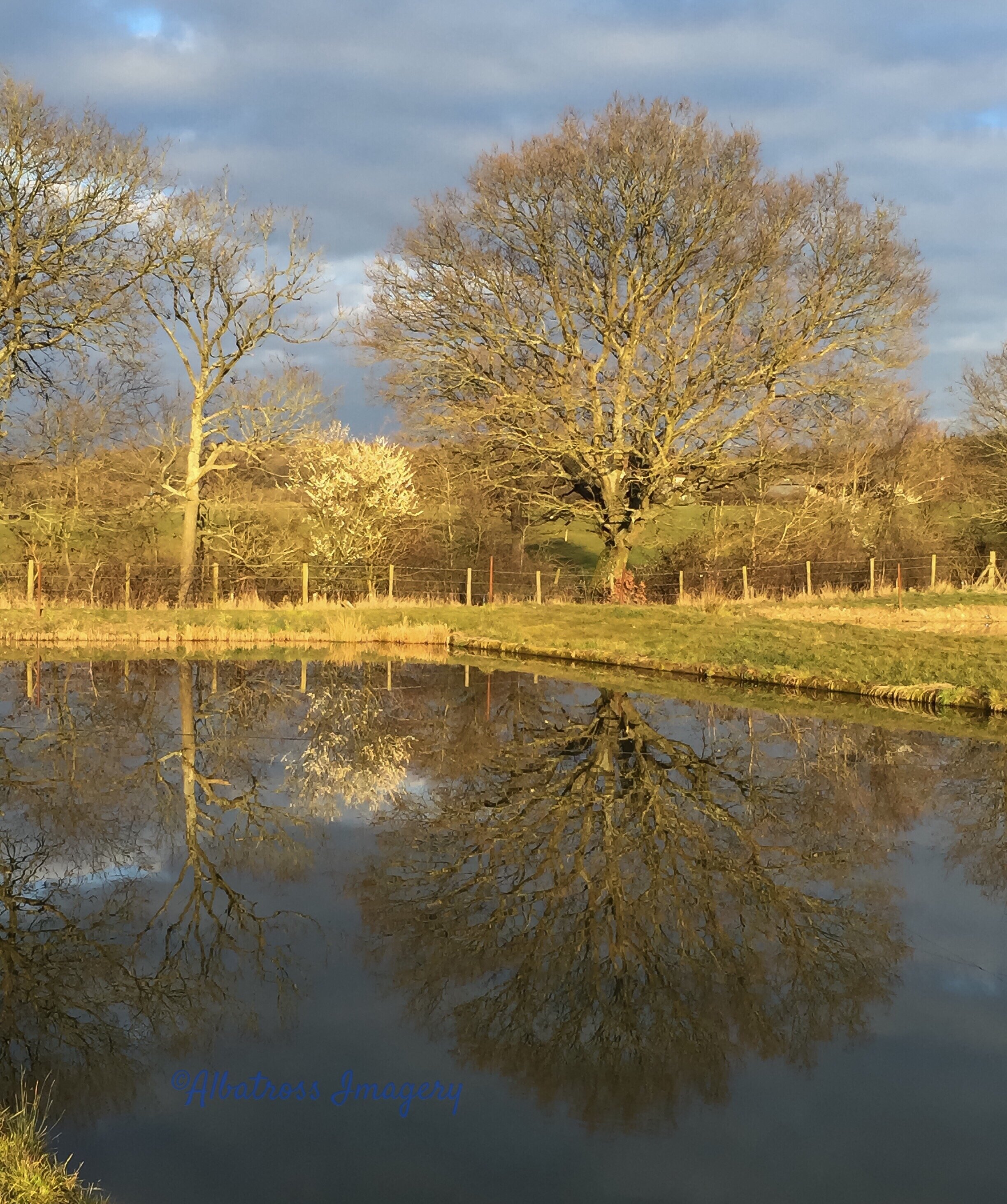


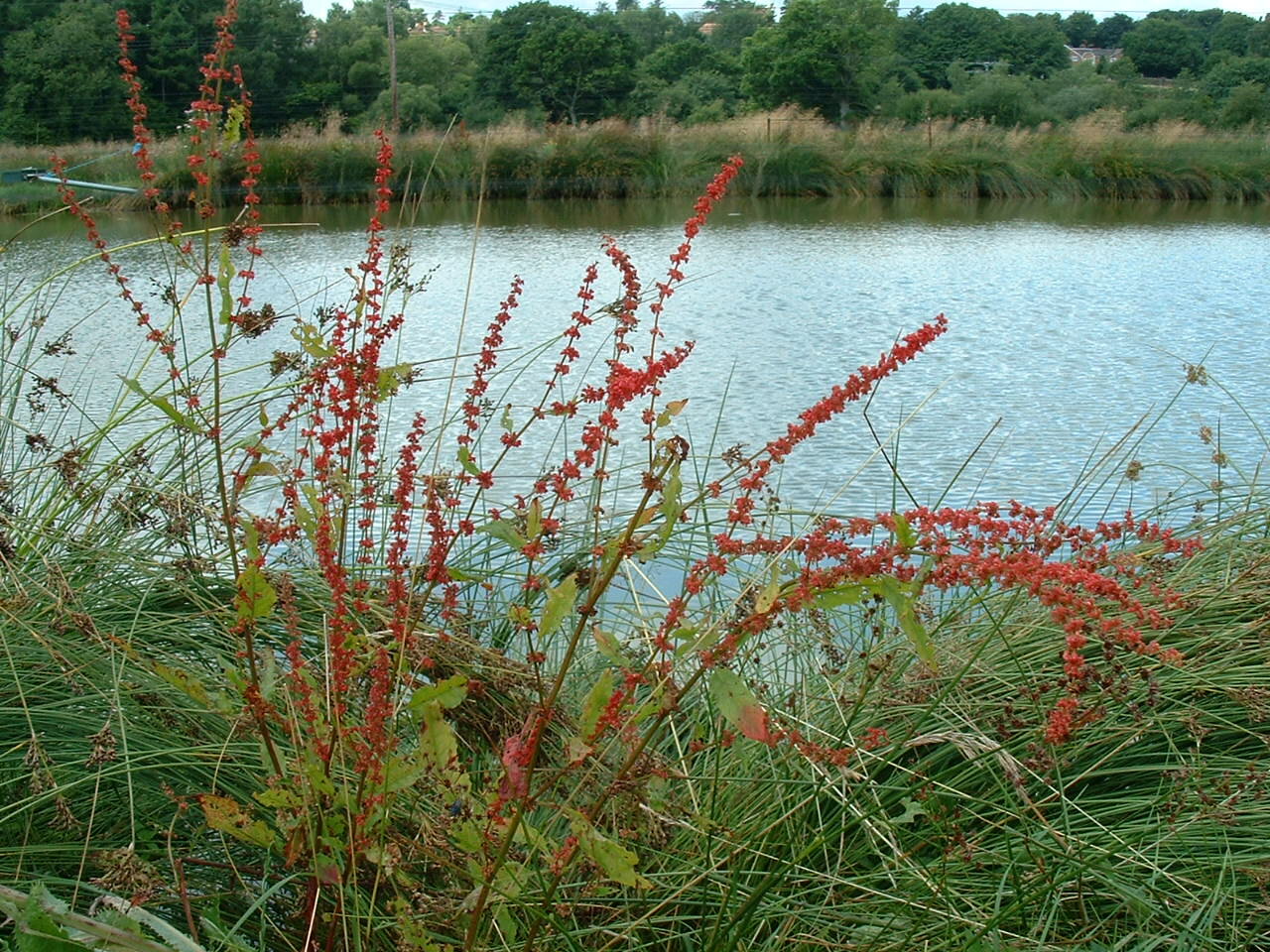
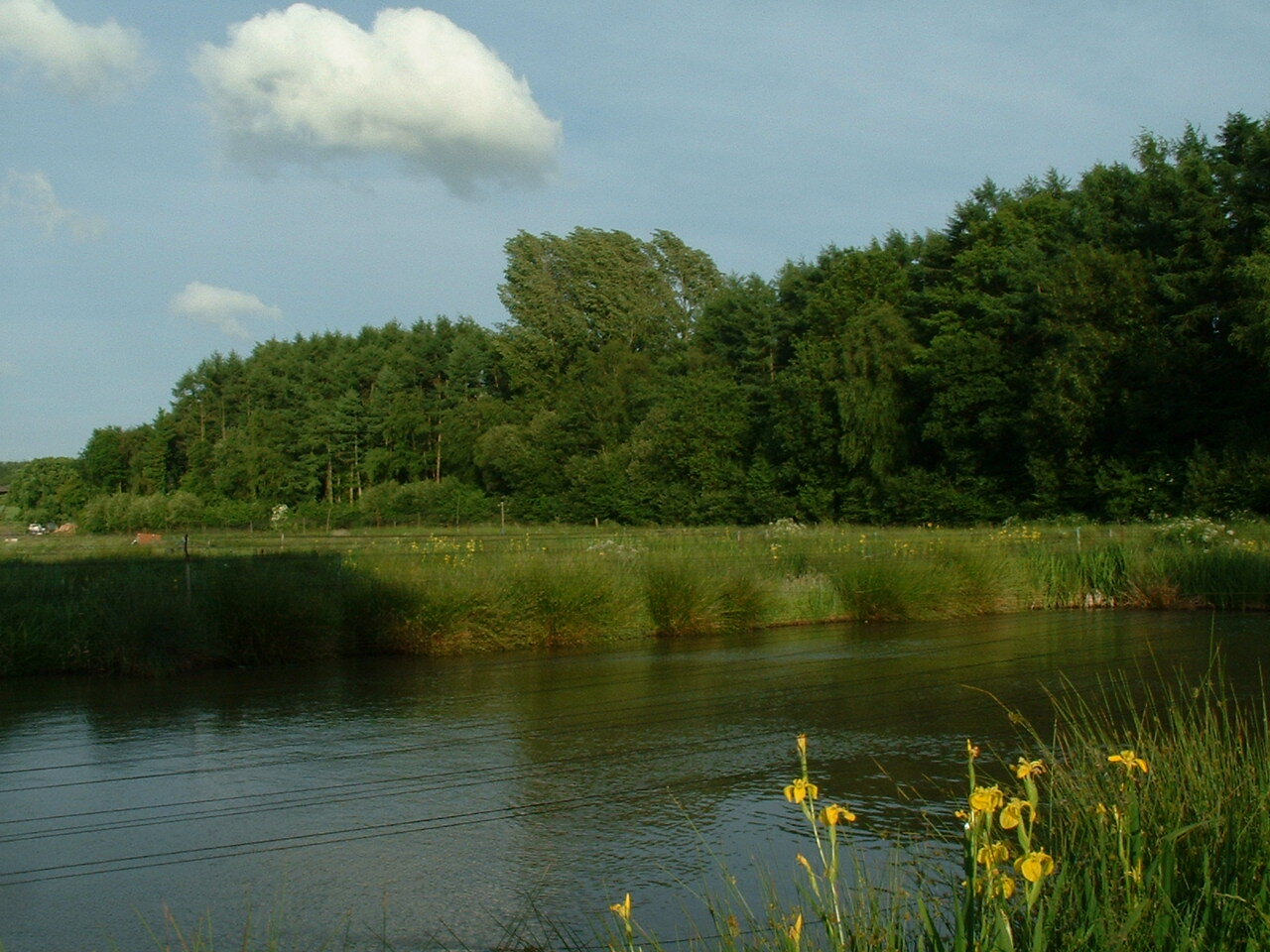
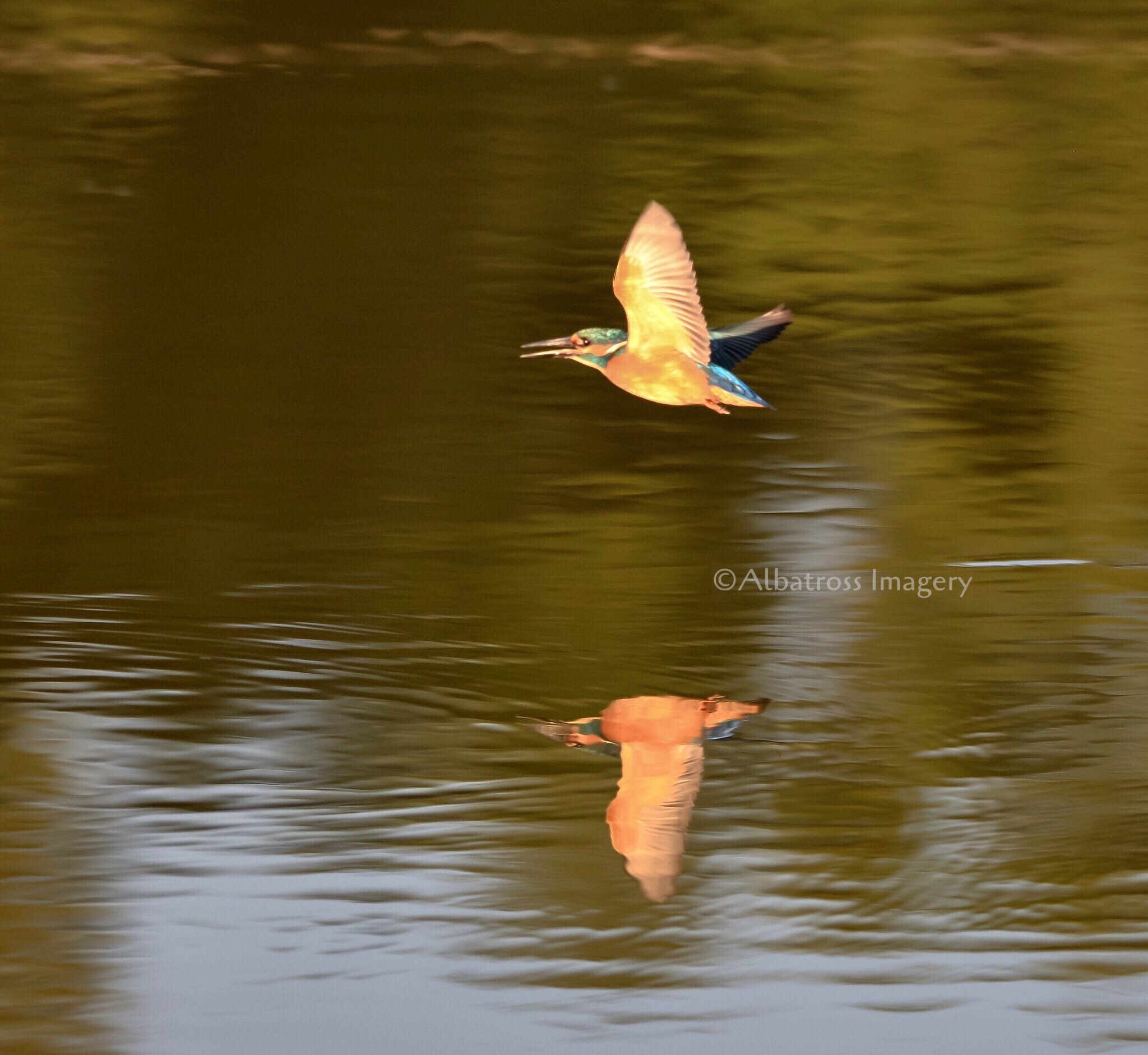
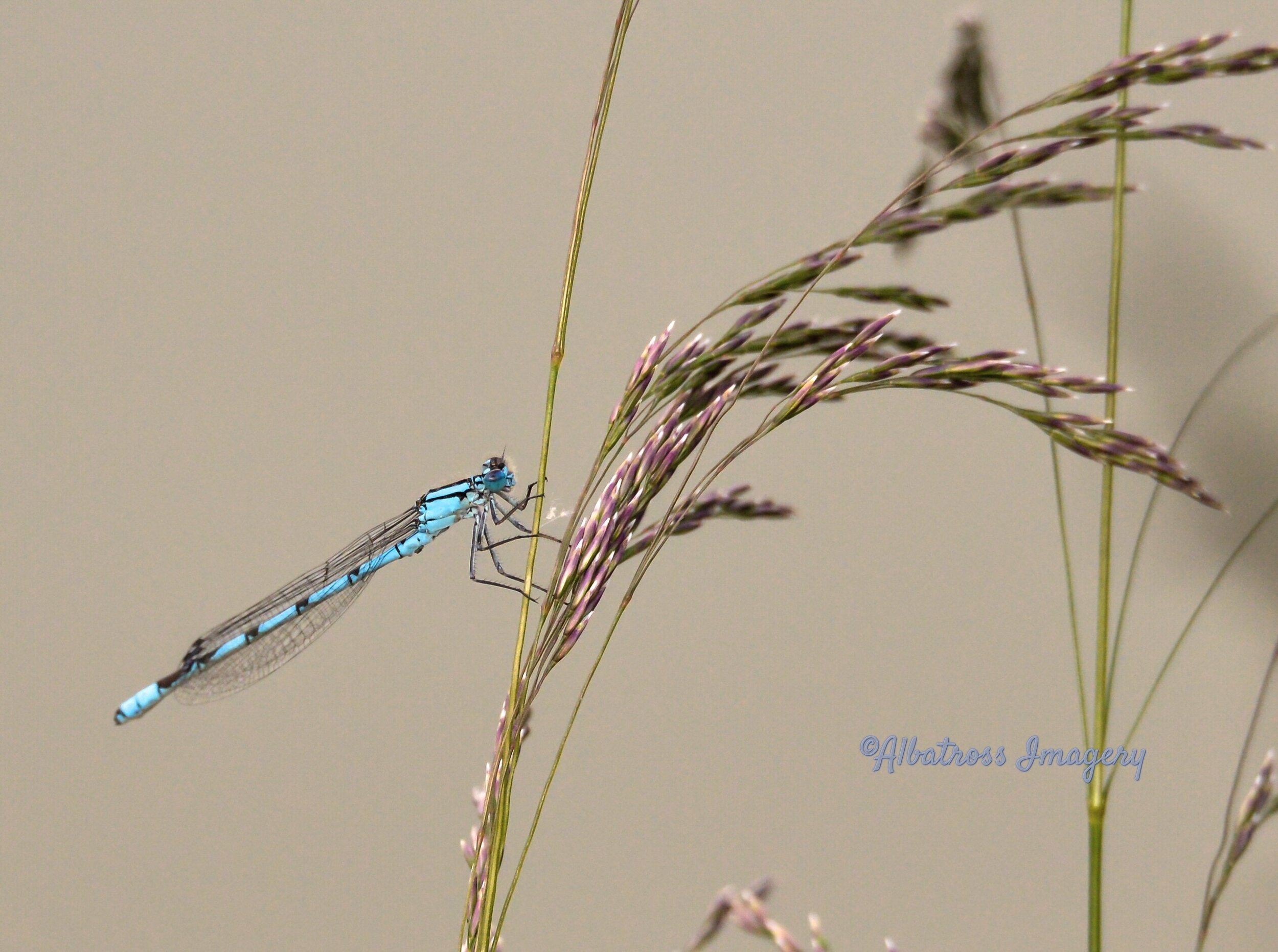
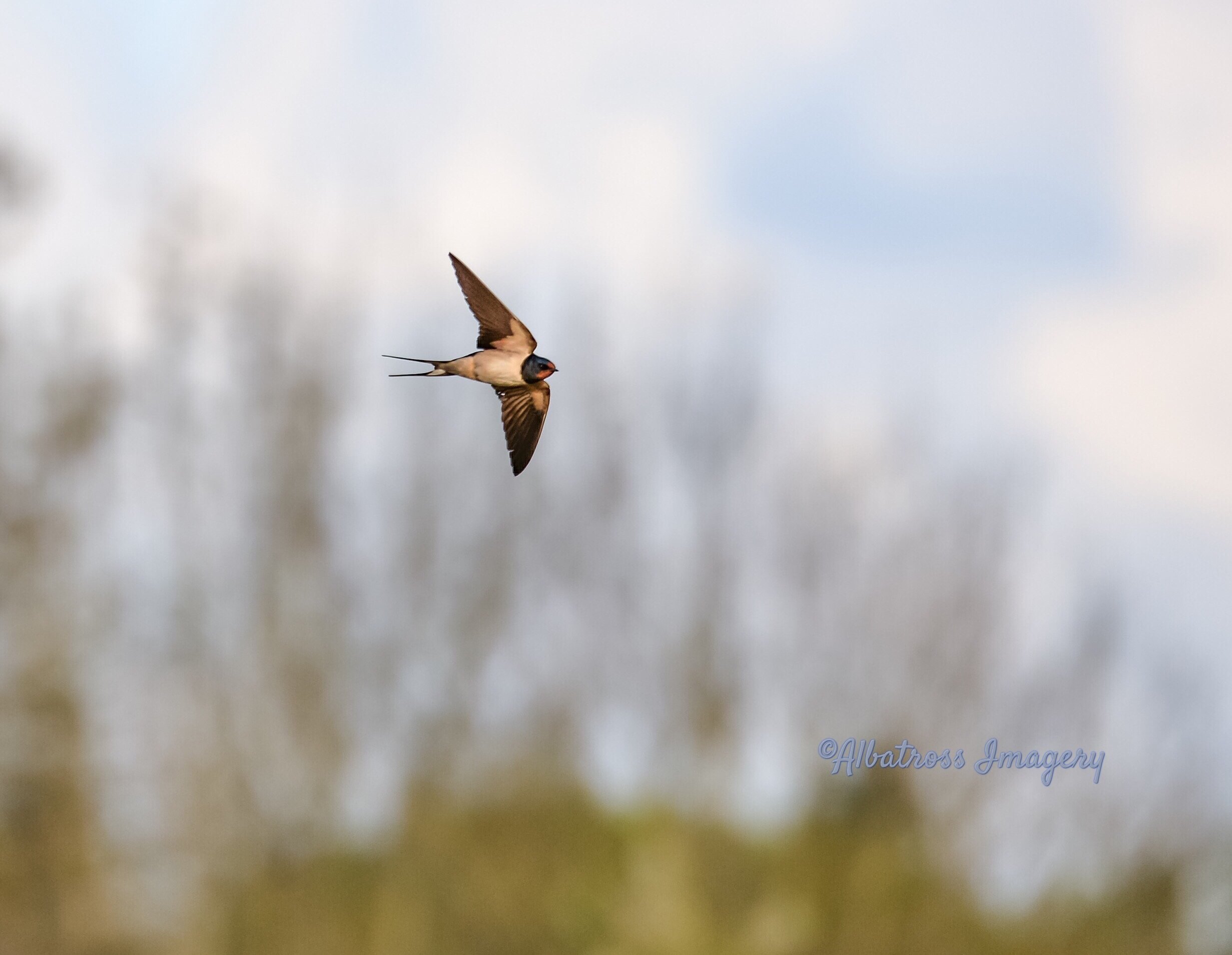
Some of Our Fish
